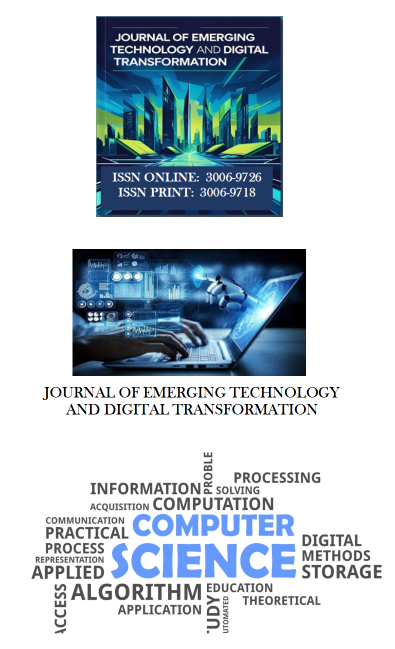AI AND MACHINE LEARNING IN GENDER CLASSIFICATION: MOVING BEYOND TRADITIONAL METHODS
Abstract
Traditionally, gender classification has been based on manual and physical approaches and this tends to be quite inefficient, labor-intensive and in most cases invasive in several applications, such as agriculture, medical and marketing applications. As artificial intelligence (AI) and machine learning (ML) increase, gender classification systems are moving to automated, more scalable, and accurate systems. Based on the reviewed of the existing research papers, the current paper evaluates the role of AI and ML in gender classification using complex techniques, such as convolutional neural networks (CNNs) and deep learning models, which are turning out to be more effective than conventional approaches. The study investigates how a model based on AI performs on various types of data including the image, genomic, and text. Results show that the AI-based methods, particularly, deep learning, enhance the accuracy of classification remarkably regardless of the variations within the dataset. In spite of these recent developments, there are still problems associated with data, concepts of model interpretability and ethics. The study will end with future research recommendation where the models will be improved to overcome the limitations experienced now.
Key words: AI, Machine Learning, Gender Classification, Convolutional neural networks, Deep learning, Automation, Data Quality.











